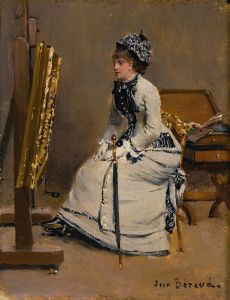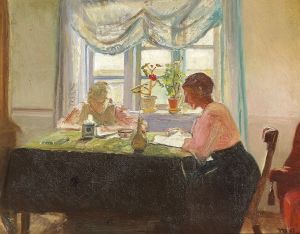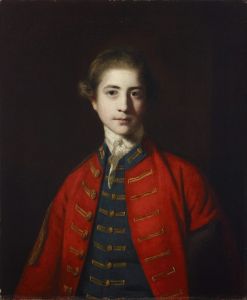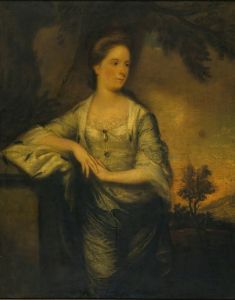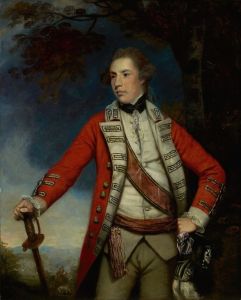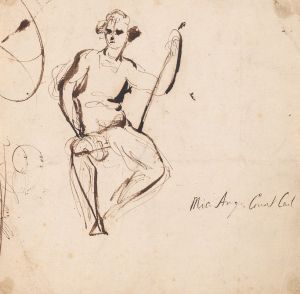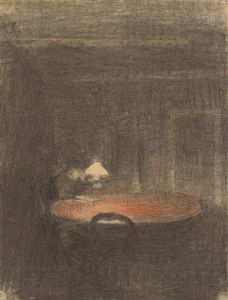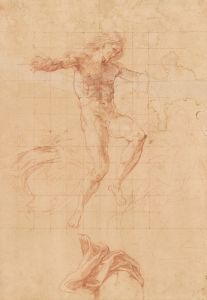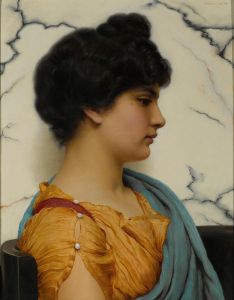
Portrait Of Elizabeth Falconer, Mrs. Stanhope, As Contemplation
A hand-painted replica of Sir Joshua Reynolds’s masterpiece Portrait Of Elizabeth Falconer, Mrs. Stanhope, As Contemplation, meticulously crafted by professional artists to capture the true essence of the original. Each piece is created with museum-quality canvas and rare mineral pigments, carefully painted by experienced artists with delicate brushstrokes and rich, layered colors to perfectly recreate the texture of the original artwork. Unlike machine-printed reproductions, this hand-painted version brings the painting to life, infused with the artist’s emotions and skill in every stroke. Whether for personal collection or home decoration, it instantly elevates the artistic atmosphere of any space.
Sir Joshua Reynolds, one of the most prominent portrait painters of 18th-century Britain, created the painting Portrait of Elizabeth Falconer, Mrs. Stanhope, as Contemplation. This artwork is a fine example of Reynolds' ability to combine the ideals of classical beauty with the individuality of his sitters, a hallmark of his portraiture.
The subject of the painting, Elizabeth Falconer, later known as Mrs. Stanhope, was a member of the British gentry. She married Walter Spencer-Stanhope, a landowner and politician, in 1774. The portrait is believed to have been commissioned to commemorate her social status and personal refinement, as was customary among the upper classes during this period. Reynolds often portrayed his sitters in allegorical or symbolic roles, and in this painting, Elizabeth Falconer is depicted as "Contemplation," suggesting intellectual depth and virtue.
The painting showcases Reynolds' mastery of the Grand Manner style, which sought to elevate portraiture by incorporating elements of classical art and literature. Elizabeth is presented in a serene and reflective pose, her gaze directed away from the viewer, evoking a sense of introspection. The use of soft lighting and muted colors enhances the contemplative mood of the composition. Reynolds' technique of layering glazes to achieve a luminous effect is evident in the delicate rendering of her skin and the rich textures of her clothing.
As with many of Reynolds' works, the painting reflects the cultural and artistic ideals of the Georgian era, emphasizing grace, dignity, and moral character. It also demonstrates his skill in capturing the personality and social identity of his sitters while adhering to the aesthetic conventions of the time.
The current location of the painting is not definitively documented in public records, and further details about its provenance remain limited. However, it is recognized as an important example of Reynolds' contribution to British portraiture and his influence on the art of his time.
This artwork remains a testament to Reynolds' ability to blend artistic innovation with the expectations of his patrons, securing his legacy as one of the leading figures in British art history.





